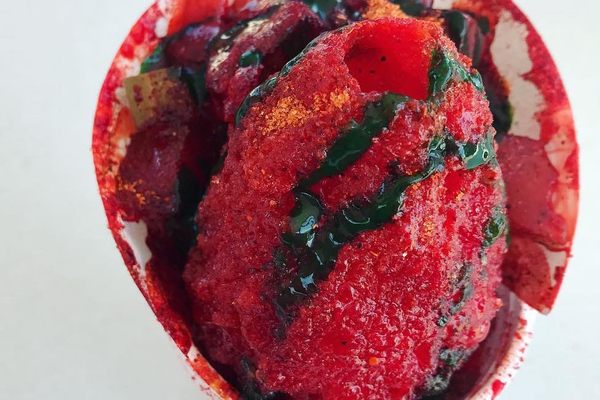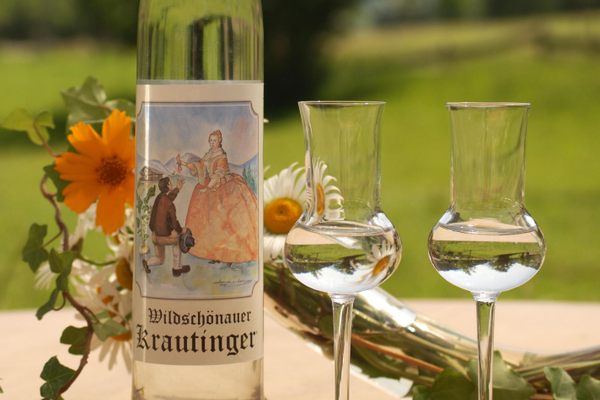In Corpus Christi, Texas, distiller Nathan Bitz has pulled off an unusual creative coup: researching and producing his own version of the fabled liqueur Chartreuse, whose notoriously top-secret recipe is reportedly known only to the two monks responsible for its distillation. Named Génépi, after the Chartreuse family of liqueurs, this Texan chartreuse is now being sold and mixed into cocktails at Bitz’s Aerodrome Distilling.
A former navy helicopter pilot, Bitz’s love for Chartreuse began when he discovered the Last Word, a forgotten Prohibition-era cocktail that features the monks’ “elixir of life” as a key ingredient and was given a new lease on life as part of the classic cocktail revival of the mid-2000s. “I like to go to bars and talk to bartenders and ask what they are drinking,” says Bitz, “which is how I found out about the Last Word.”
In 2017, Bitz started plowing through 19th-century texts in Latin, French, and Spanish for clues as to the precise nature of the 130 botanicals used to make the original Chartreuse. “I ran into really interesting issues with the recipe,” he says. “I had to decipher terminology from the 1800s, plus [tackle] the challenge of language barriers and different standards of alcohol content.”
Even when Bitz found clues in old documents, he faced a distinctly modern problem: the Food and Drug Administration had outlawed several of the plants he identified in the manuscripts, including arnica flowers and calamus, forcing him to replace these ingredients and delicately recalibrate his recipe to compensate for their absence.
Other ingredients proved tricky to track down. “No one sells angelica seeds as a botanical, only as seeds to plant,” says Bitz. “So I had to buy loads of little packets for planting.” Other rare ingredients he found on Etsy after cross-referencing passé plant names.
Another obstacle? The French monks have reused the same barrels for generations. But by cleaning out rye-whiskey barrels and shortening the aging period from the traditional 5-6 years to six months, Bitz mimicked Chartreuse’s unusual flavor—with a few small differences. Bitz describes his Génépi, which ultimately took four years of research and experimentation to create, as “Not quite as mellow—it’s sharper, and the herbal notes are more pronounced.”
For now, Bitz’s sleek, mid-century taproom is the only place to try Génépi, where visitors can order it straight or in one of the many cocktails on the rotating Aerodrome menu. (Like the monks, Bitz is keeping his recipe, along with the name of the rare book that was the key to his recreation of Chartreuse, a secret.) His Génépi is a more golden amber than the original, but it tastes remarkably similar, offering a full, pungent herb bite with a tart aniseed finish. If you think you don’t like herbal spirits, you may be surprised at the clever balance between warmth and bite.
“I want to be challenged by spirits,” says Bitz. “A drinker should need to try more than one sip of a spirit to really appreciate and discover it. Chartreuse was one of the first spirits to really challenge me in this way, so it’s very special to me.”
Where to Try It
-
Aerodrome Distilling Website
401 Aviation Dr, Corpus Christi, Texas, 78418, United StatesThis hidden gem has views of the Gulf of Mexico and the base where owner and distiller Nathan Bitz used to fly navy helicopters. A mishmash of mid-century glass and velvet, as well as reclaimed airplane wings, the eclectic taproom has gins, whiskies, bourbons, and, of course, Génépi. Look for the Last Word cocktail on the rotating menu, and find up-to-date hours on the website or Instagram.
Written By
 Ruvani de Silva
Ruvani de Silva














